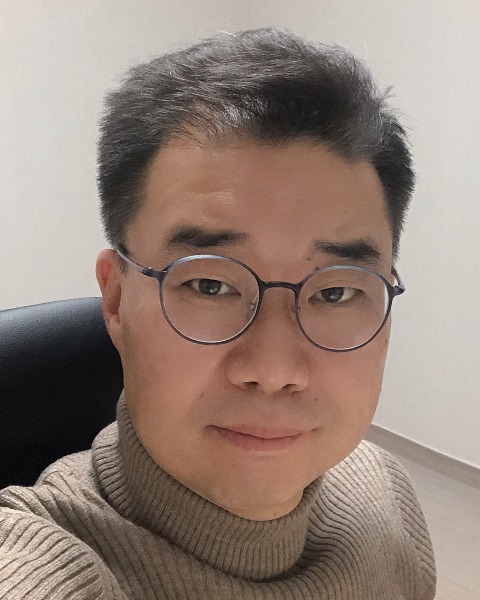Back
Technical Poster
Waste Processing, Waste-to-Energy, and Bioenergy (WM)
Session : Technical and Student Poster Session
1173235 - Fluorine Contamination of Soils at a Phosphate-Gypsum Waste Landfill in South Korea: Analytical Protocols, Regulation Levels, and Legal Framework
Tuesday, June 28, 2022
10:45am – 12:15pm PT
Location: Exhibit Hall

Seokyoung Oh, PhD
Professor
University of Ulsan
Ulsan, Ulsan-gwangyoksi, Republic of Korea- YS
Primary Author(s)
Co-Author(s)
To evaluate the fluorine contamination level of soils at a phosphate-gypsum waste landfill site, the fluorine distributions in the waste and soil, forms of fluorine-containing compounds in the soil and waste, and mobility and leachability of fluorine in the natural environment were investigated. The fluorine content was chemically analyzed with the Korean standard method and sequential extraction procedure. The chemical forms of fluorine were determined with X-ray diffraction (XRD) and X-ray photoelectron spectroscopy (XPS). The total fluorine concentrations in the phosphate-gypsum wastes ranged from 1787 to 4496 mg/kg. The soil below the landfill showed a total fluorine concentration of 332.7–776.0 mg/kg, which was approximately 3 to 4 times higher than that of the background soil (190.0–260.0 mg/kg). However, the fluorine concentrations of the soils were lower than the regulation level of the Soil Environment Conservation Act in South Korea (800 mg/kg). Moreover, the sequential fluorine extraction results showed that most of the fluorine content in the wastes and soils existed in the form of residues; thus, the extraction of fluorine in the natural environment may not be of significance. The XRD and XPS results revealed that most fluorine compounds in the phosphate-gypsum waste landfill existed as CaF2 and other forms (gypsum (CaSO42H2O), apatite (Ca10(PO4)6(OH, F, Cl)2), sulfur fluorides, and kogarkoite (Na3SO4F)), which have limited solubility in water. According to the sequential extraction results, the soil below 0.1 m depth from the boundary between the phosphate wastes and soil contains up to approximately 60% residue; this indicates that the excavation of waste and soil down to 0.1 m depth from the boundary may be crucial for decreasing the mobility of fluorine in the natural environment. Furthermore, the origins of fluorine and regulation levels in the legal framework were discussed.

.jpg)
